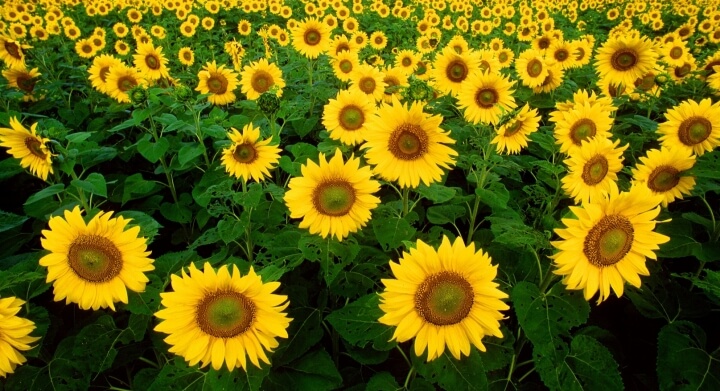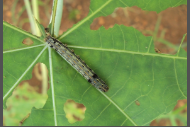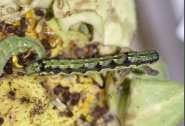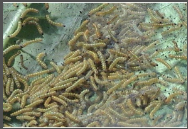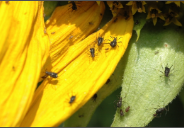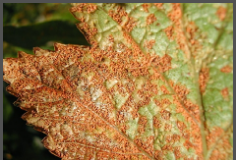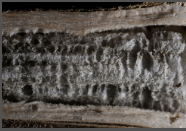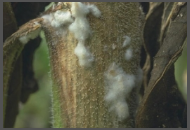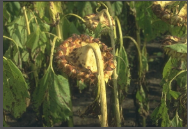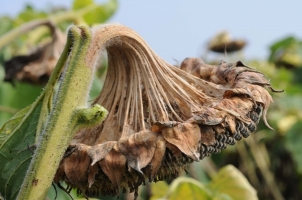Medium height hybrid varieties:
MSFH 8: The variety gets mature in 92-94 days. The variety has 170-180cm plant height. It contains 42-44% of oil content. The average weight of 100 grains is 4-5gms. It gives an average yield of 11-12qtl/acre.
MSFH 17: The variety gets mature in 85-88 days. The variety has 200-210cm plant height. It contains 40-41% of oil content. The average weight of 100 grains is 6-8gms. It gives an average yield of 11-12qtl/acre.
Tall height Composite varieties:
EC 68415: The variety gets mature in 100-110 days. This variety has 150-200cm of plant height. It gives 3.5-4qtl/acre of seed yield. The seed contains 40-42% of oil content.
Ramsan Record.
Other state varieties:
Jwalamukhi: It is medium tall hybrid crop. Its average plant height is about 170cm. Ready to harvest in 120 days. It gives average yield of 7.3qtl/acre. Oil contain is about 42%.
GKSFH 2002: It is medium tall hybrid crop. Ready to harvest in about 115 days. It gives average yield of 7.5qtl/acre. Oil contain is about 42.5%.
SH 3322: It is variety having plant height of 160cm. Ready to harvest in 120 days. Its average yield is 8.3qtl/acre. Oil contain is about 43%.
PSFH 118: It is short duration hybrid having average plant height of 155cm. Ready to harvest in 98days. It gives average yield of 7.6qtl/acre. It contains 40.5% oil content.
PSH 569: Plant height is about 162cm. Ready to harvest in 98days. It is suitable for late sowing condition. Its average yield is 7.44qtl/acre. It contains 36.3% oil content.
PSH 996: Medium tall hybrid with average plant height of 141cm. Ready to harvest in 96 days. It gives average yield of 7.8qtl/acre. Oil contain is about 35.8%. It is suitable for late sowing.
Variety: DRSF 108, PAC 1091, PAC-47, PAC-36, Sungene-85, Morden.
Hybrids: KBSH 44, APSH-11, MSFH-10, BSH-1, KBSH-1, TNAU-SUF-7, MSFH-8, MSFH-10, MLSFH-17, DRSH-1, Pro.Sun 09.

